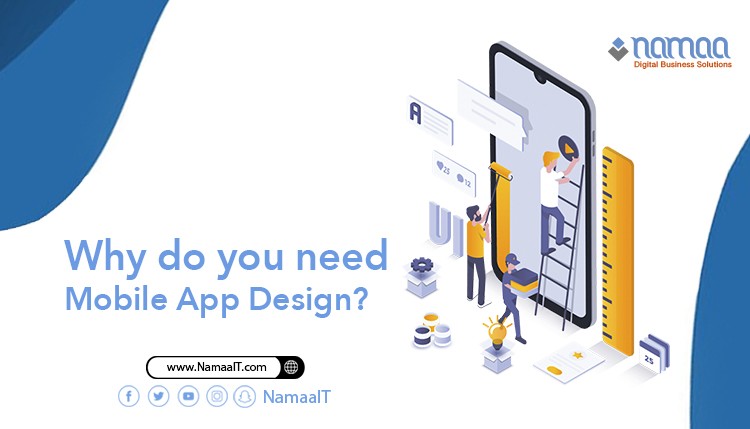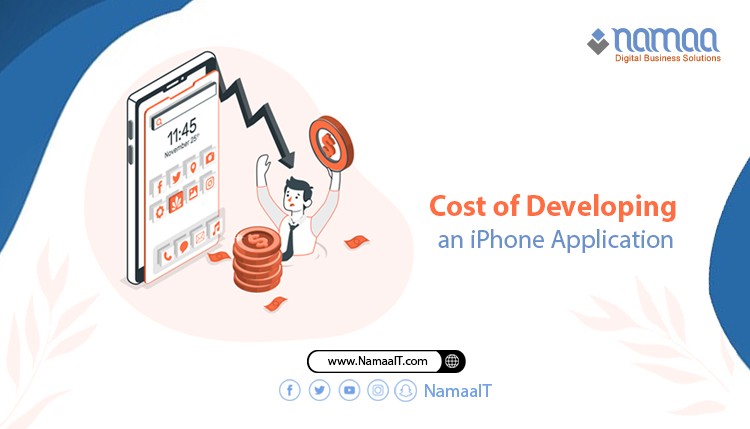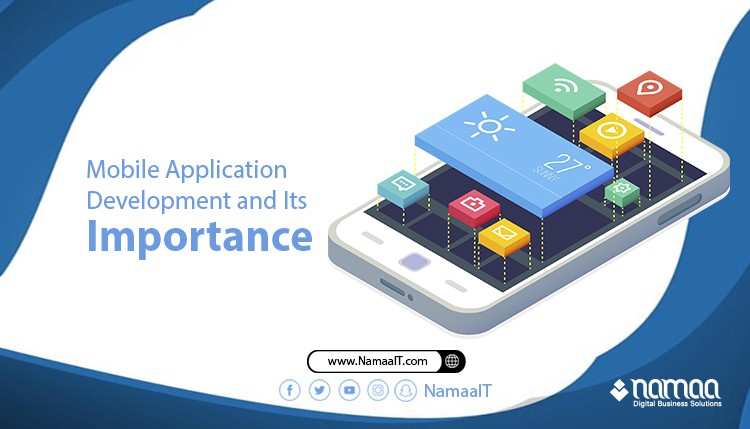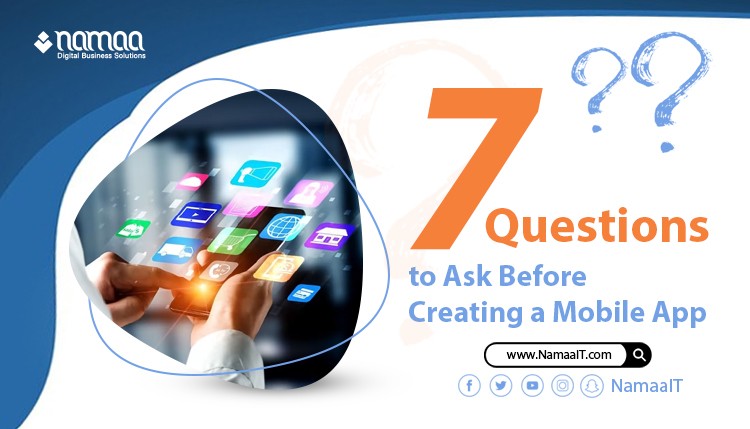10 Factors to consider before redesigning your website
10 Factors to consider before redesigning your website
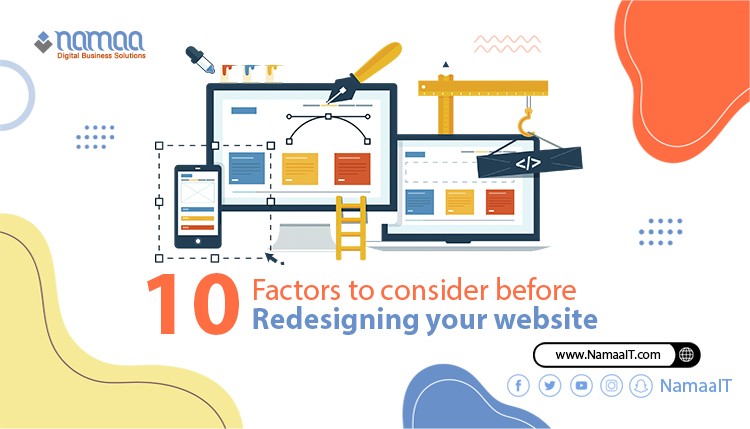
Before ten or even five years ago, websites had different designs compared to modern ones. Just like you can easily recognize and distinguish an old model car from among newer ones, you can also tell if a website's design is outdated or contemporary. With the tremendous technological advancement in recent years, such as mobile e-commerce, redesigning your old website has become a pressing need to meet your customers' demands. However, before embarking on a website redesign, several considerations must be taken into account. If you want to know what these considerations are, all you have to do is follow this article.
What are the things you should consider before redesigning your website?
- Gather all essential information on the website.
Gathering important information and data that you wish to add to the website will assist the designer and developer in redesigning the website. This will help reduce time and cost. You should also know which pages you want to keep on the website and which ones you want to exclude or modify. Therefore, you should provide the web development and design company you will be working with the following:
- A list of all the pages you want on the website.
- A list of the required services with their respective importance.
- A list of product specifications, prices, images, and all relevant information about them.
- The company's vision.
- A list of company information, such as contact details including email, phone numbers, and addresses.
It is also essential to clarify which information is more important to you and which ones you want to highlight above others.
- Design a high-quality logo in multiple formats.
Whether you want a new logo design or to continue using the same old logo, it is essential to provide multiple high-quality formats for the logo. Having various sizes and formats for the logo helps the programmer work more efficiently, enabling better display on the website. Among the essential formats to be provided are PNG, vector files, and all the known image formats. Additionally, use consistent and harmonious colors that complement the website, such as light and dark colors.
- Utilize a professional designer and photographer.
Content in the form of visuals spreads faster than written content. Therefore, using attractive and high-quality images reflects the impression of your brand and makes it more shareable. While website developers can use stock images, they won't infuse your products with the soul you want to market and sell. Hence, before redesigning your website, it is essential to seek the assistance of a professional photographer to showcase your products and services. Additionally, a professional designer can present offers and designs more attractively, using these images and designs later in online promotional and marketing campaigns.
- Visualize your website's design
When you visualize the design of your website, you help the website designer and developer identify a specific design before starting, preventing them from using a design that is far from your imagination. This saves time, effort, and money. You can first explore websites that offer similar services to yours and are highly successful. This allows you to extract the key elements you desire for your website, such as:
- Font styles
- Website colors
- Website layout and structure, including the number of columns, rows, and menus
- Icons and image display method
Taking screenshots can also assist the designer in dividing and designing the website.
- Prepare a list of essential website requirements
Try to assist the designer and programmer in adding essential features or needs to the website, such as:
- A blog, if you need a platform to publish promotional articles
- An e-commerce store, if you want buyers to purchase goods through the website
- Interactive menus that ease navigation and quick transitions between pages, such as sorting by location, price, size, availability, offers, etc.
- Customer pages to facilitate browsing, saving desired products, and archiving previous purchase history
- An event organizer, which displays upcoming events organized by your company
- Registration forms, which help identify potential customers for purchases
- A team page, showcasing all team members in your company and introducing each of them.
6. Take Your Decision on What's Most Important for Your Company
Hot offers are among the most important content elements on websites during design.
Your website must include a featured offer or benefit. Start preparing this feature so that the designer and developer can showcase it in the most appealing areas of the website. Some of the common features found on websites include:
- Product discounts and offers.
- Free items or discount coupons.
- Registration for online courses.
- Registration for online discussions.
- Subscription to newsletters.
- Free e-book downloads.
- Free or discounted consultations.
- Eye-catching promotional videos.
- Infographics highlighting your company's key advantages.
- Free event tickets.
- Free trial of your services.
7. Plan for Your Potential Customers
Subscribing to the mailing list is one way to connect with potential customers.
Before your website goes live, you should have a plan for your potential customers. Some of the essential elements of this plan include:
- Choosing a customer relationship management system or an email marketing system to send messages to potential customers about the products they are interested in.
- Creating automated content to be sent to potential customers upon registration.
8. Create a Blog Plan for Your Website
Designing a blog for your website is crucial when it comes to web design.
Before creating a blog on your website, you must first establish a content plan related to marketing your services and products. Always try to think from the customer's perspective and identify any problems they might encounter, offering practical solutions. To create the blog plan, answer the following questions:
- What is the timeline for the blog plan?
- How many blog posts per week or month?
- Who is responsible for creating this content?
- When will these blog posts appear, such as posts related to specific events?
- What are the topics that should be covered in the blog posts?
- How should the interactions be at the end of each content piece?
- What's the best way to publish them? Is it through promotion? What's the best platform to publish them?
Having a blog helps build trust with the customer and promotes your company in modern, non-traditional ways that encourage the customer to learn more about the questions they want answers to, rather than relying solely on traditional methods of pushing products directly to the customer.
To learn more about the importance of having a blog for your website in marketing your company, click here.
- Think about the Future
Identifying who will manage the website is essential before redesigning it.
Anticipate what may happen before and after the redesign of your website. Try to focus on the following questions when selecting a website design and development company:
- Who will own the content on the website?
- Who will own and manage the hosting?
- Who will be responsible for managing the website?
- Who will handle minor modifications to the website?
- Will the company be able to make any changes to the website?
- Do you need to train staff members to manage and update the site?
Answering these questions will save you time, effort, and help you achieve better effectiveness.
- Predict Your Customers' Behavior and Customize the Design for Them
Personalizing visitors' experience during website creation.
Anticipating the behavior of your main customers is crucial for determining the appropriate design for them. For instance, customers in the Gulf region might have a different culture compared to those in the Maghreb countries. The technology used also varies, as smartphones are widespread in the Gulf region with high-speed internet connections. Moreover, the targeted age groups exhibit different behaviors and interests. For example, young people have distinct behaviors compared to middle-aged customers, and so on.
Before you begin redesigning your website, answer these questions:
- Who are your target customers?
- What is the geographic scope of your targeted customers?
- What are the interests of each customer segment?
- What are the age ranges of your customers?
- What devices do they use to access the website?
- How can I customize a specific design for each customer segment?
By considering all these factors before redesigning your website, you will be better equipped to select the most suitable website design and development company that aligns with your needs. This will ultimately lead to achieving the desired results.
